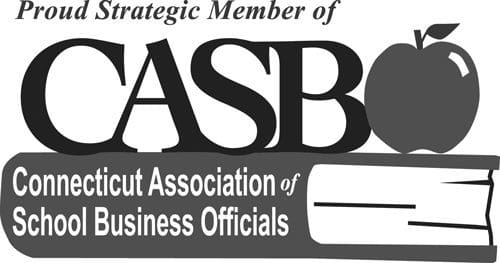Special Note: It is important to note all “best-effort” language is removed by the IRS in filings for the current reporting year 2016, so 1094 and 1095 errors must be understood and corrected. Now is the time to act to be prepared as we work through the 2016 tracking period.
With 2015 filings for 1094s and 1095s behind us, we turn our attention to addressing errors. From our files and client submissions, we have determined the top six errors that must be handled. In order of popular occurrence:

1: TIN Validation Failure. This taxpayer identification number is the most cumbersome issue. Because it generally crops up with the advent of a marriage or a divorce—the Social Security name may not match the actual name. We have found it occurs in 2 percent of the records. For most, there is a quick fix. The correct and updated names must be filed with the U.S. Social Security office. About 50 percent of these, however, may not get resolved without calls and further correspondence with IRS and Social Security offices. Furthermore, we have found in dozens of TIN failure errors that the name and Social Security number ARE correct (documents from the employee reflecting this). This error requires no correction on 1094-1095, but does require due diligence from the employer invalidating the match.
If an employee has left the employer and cannot be contacted to get an up-to-date TIN, the IRS has specified the employer should follow (and document) the TIN solicitation process as follows:
- Make an initial solicitation of the recipient and covered individuals’ TIN at the time of enrollment unless you already have the required TINs.
- If you do not receive the TINs, the first annual solicitation is generally required by December 31st of the year in which enrollment with the recipient begins (January 31st of the following year if the enrollment begins in December).
- Generally, if TINs are still not provided, a second solicitation is required by Dec. 31st of the following year. If TINs are still not provided after the second solicitation, no further solicitation is required.
PSST ACA-Track team members have regular webinars to inform you of error subjects. Clients may view the most recent errors webinar upon request. Our next ‘general audience’ webinars are scheduled for August 17. Click here to check times and to register.
2: Offer of Coverage is Missing. Many times this occurs when you miss populating a code. This is a Line 14 issue on a 1095, the paper statement sent to the employee, and the Line 16 on a 1095, series 2 codes. There has been a continuing refinement in late 2015-early 2016 of reporting requirements. Using a software platform for ACA compliance and reporting can simplify this process greatly, and handle the nuances that may occur in coding throughout a reporting year.
3: The Covered Individual’s SSN is Invalid – contains all the same digits. This is generally relevant for newborns and related coverage requirements. The Social Security number assigned may be the base acceptable code, but not a true Social Security number, because one may not be assigned yet. The fix is to delete the social security number of that covered individual and submit the corrected 1095 with the date of birth only.
4: Employer’s Contact Phone Number is Missing. The 1094 and 1095 forms both require the employer’s contact phone number to be on the form. While a simple line item, it is often missed and forgotten. Every line item counts for accurate reporting.
5: Rejected Submission – TIN Validation Failed for ALE Member’s EIN. The listed Taxpayer Identification Number and the Employer Identification Number need to reference the same company name “word for word.” The Employer Identification Number may not be a valid number for your branch or division. The company name must reflect exactly as it is on file with the IRS (per your IRS Form CP575 or IRS Form 147-c). Many people inadvertently shorten their company name to one word, leaving out the “LLC” or “Co.”
6: Employee’s Share of Lowest Cost Monthly Premium (annual and monthly) Is Missing. When the combination of codes from lines 14 and 16 requires it, the amount needs to be recorded in the submission of the employee’s share of the lowest cost of the monthly insurance premium in Line 15. There are no IRS exceptions to this.
7: Neither Section 4980H Transition Relief Indicator (ALESect4980hTrnstReliefCd–All 12 Months) has a Value when Section 4980H Transition Relief Indicator (Section4980HReliefind) is not checked. This lack of a checked box has meaning and is important as a choice. Transition relief means you are indicating a certain number of months or for all 12 months. It is necessary to indicate which month(s) transition relief is needed.
An employer may be eligible for one of the two types of 2015 transition relief under section 4980H based on the employer’s number of full-time employees (and full-time equivalent employees) under certain conditions. One of these two types of 2015 transition relief under section 4980H is for employers with 50 to 99 full-time employees and the other type of relief is for employers with 100 or more full-time employees (in each case, including full-time equivalent employees).
Review IRS instructions here to see if any of the scenarios directly affect your company’s checkbox.
For a more complete list of all the 1094 and 1095 errors, contact us.
Click here to check out upcoming informational ACA Webinars.
Information provided in this blog concerning the Affordable Care Act is not legal advice and should not be treated as such. If you have questions about how the Affordable Care Act will affect you as an employer, please consult legal counsel. If you are looking for a software platform or would like a demonstration of our ACA-Track solution, please contact us at 1.800.488.7395.




